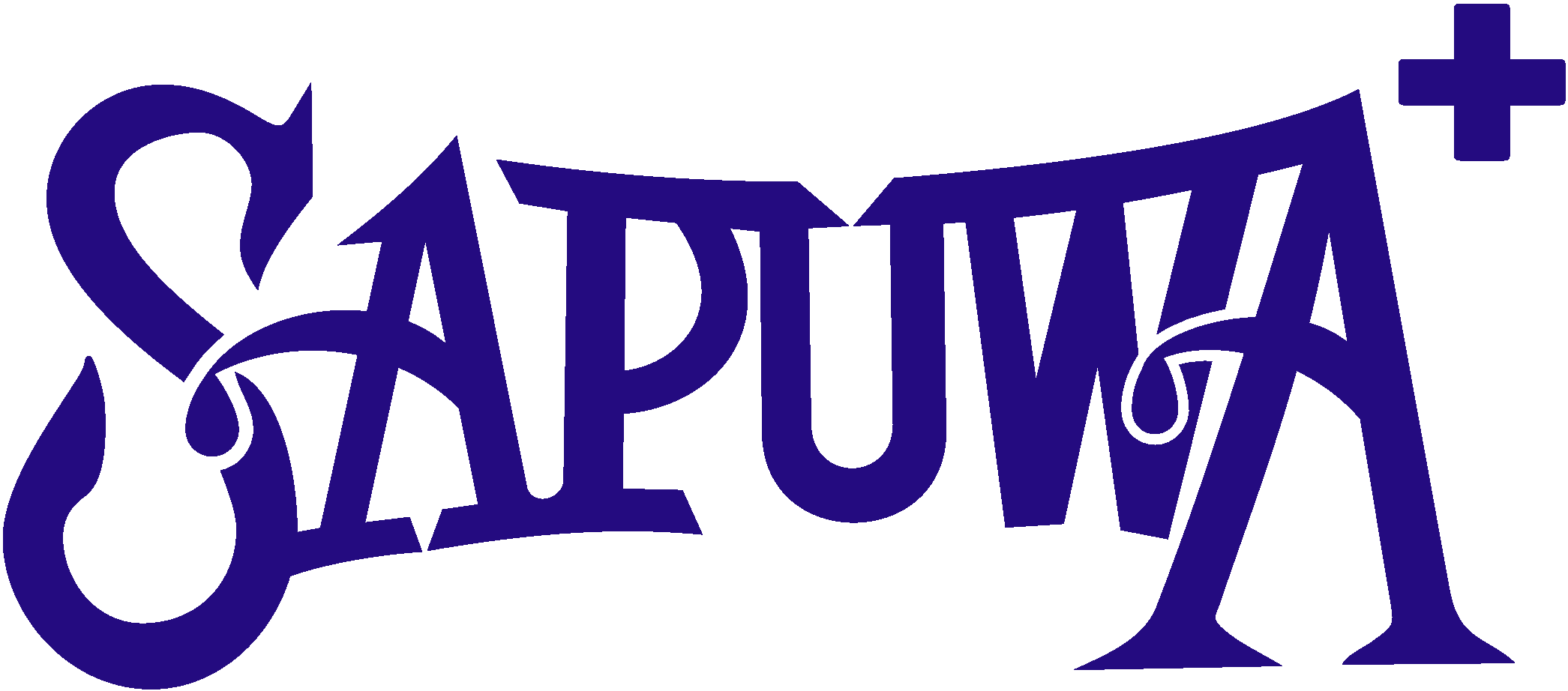Correct timing of drinking water – maximize its effectiveness
Essential to the survival of all organisms, water has always been an important and life-sustaining drink to humans. Excluding fat, water composes approximately 70% of the human body by mass. It is a crucial component of metabolic processes and serves as a solvent for many bodily solutes. Health authorities have historically suggested at least eight glasses, eight fluid ounces each (168 ml), of water per day (64 fluid ounces, or 1.89 litres), and the British Dietetic Association recommends 1.8 litres. The United States Environmental Protection Agency has determined that the average adult actually ingests 2.0 litres per day.
.jpg)
a) Two glasses of water – After waking up – Helps activate Internal organs.
b) One glass of water – 30 Minutes before meal – Help Digestion
c) One glass of water – Before taking a bath – Helps lower Blood Pressure
d) One glass of water – Before Sleep – To avoid Stroke or Heart attack.
.jpg)
Improving the availability of drinking water
One of the Millennium Development Goals set by the UN includes environmental sustainability. In 2004, only forty-two percent of people in rural areas had access to clean water.
water disinfection is a low-cost method of purifying water that can often be implemented with locally available materials. Unlike methods that rely on firewood, it has low impact on the environment.
One program developed to help people gain access to safe drinking water is the Water Aid program. Working in 17 countries to help provide water, Water Aid international in helping the sanitation and hygiene education to some of the world’s poorest people.
The Global Framework for Action is a organization that brings together stakeholders, national governments, donors and NGOs (such as Water aid) to define manageable targets and deadlines. 23 Countries are off-track to meet the MDG goals for improved water availability.
However, not all efforts to increase availability of safe drinking water have been effective, and some have been damaging. The 1980s was declared the International Decade of water by the UN. However, the assumption was made that groundwater is inherently safer than water from rivers, ponds and canals. While instances of cholera, typhoid and diarrhea were reduced toxic level of fluoride were found. Borehole wells were either not tested or not tested thoroughly. Fluoride slowly dissolved from the granite rocks underneath India and slowly poisoned the population, particularly evident in the bone deformations of children. Further, in Bangladesh, it is estimated that half of the countries 12 million tube wells have unacceptable levels of arsenic due to the wells not being dug deep enough (past 100 M). The Bangladeshi government had spent less than $7 million of the 34 million allocated for solving the problem by the World Bank in 1998. Natural arsenic poisoning is a global threat, 140 million people affected in 70 countries on all continents. These examples illustrate the need to examine each location on a case by case basis and not assume what works in one area will work in another.
Source:http://www.eface.in
Collected by Nhu-Vu SAPUWA
Relative post
- SAPUWA Participates in the 2025 Food Industry Promotion Week in Ho Chi Minh City: Affirming Its Position as a Leading Purified Water Brand
- SAPUWA SPREADS PURE LOVE AT THE “BUSINESS CONNECTION – TRADING WITH FRIENDS” EVENT ORGANIZED BY THE HO CHI MINH CITY WOMEN ENTREPRENEURS ASSOCIATION (HAWEE)
- SAPUWA HONORED WITH THE TITLE “TYPICAL PRODUCTS AND SERVICES OF HO CHI MINH CITY 2025” – AFFIRMING OVER 30 YEARS OF ACCOMPANYING THE CITY’S DEVELOPMENT
- SAPUWA Organizes Internal Celebration for Vietnamese Women’s Day 20/10 – Honoring Beauty and Pure Values
- SAPUWA Launches Mascot “Sa” – Inspired by Si Vẫn in Vietnamese Folklore, Symbolizing Purity and Humanity “Sa” – SAPUWA’s New Mascot, the Embodiment of Water and Pure Vitality
- SAPUWA sponsors Garmin Run Vietnam 2025 – Joining the Garmin Run Asia Series to promote a healthy and sustainable lifestyle
- SAPUWA JOINS GEMADEPT RUN 2025 – SPREADING THE SPIRIT OF HEALTHY AND GREEN LIVING
- SAPUWA PARTNERS WITH HDBANK GREEN MARATHON 2025: PURIFIED WATER FUELS GREEN STEPS IN CẦN GIỜ
- SAPUWA AND THE "GREEN" JOURNEY TO SHAPE THE FUTURE: JOINTLY PLANTING TREES AT CẦN GIỜ SAC FOREST WITHIN THE FRAMEWORK OF HDBANK GREEN MARATHON 2025
- SAPUWA OFFICIALLY A BRONZE SPONSOR OF HCMC BUSINESS SUMMIT 2025: JOINING THE BUSINESS COMMUNITY TO
- SAPUWA STRATEGIC INVESTMENT IN EQUEST CHAMPIONS SERIES 2025-2026: A FOUNDATIONAL ROLE IN ELEVATING VIETNAM'S STATURE
- SAPUWA Sponsors Container Library Project: Pure Knowledge for a Sustainable Future








 0
0


